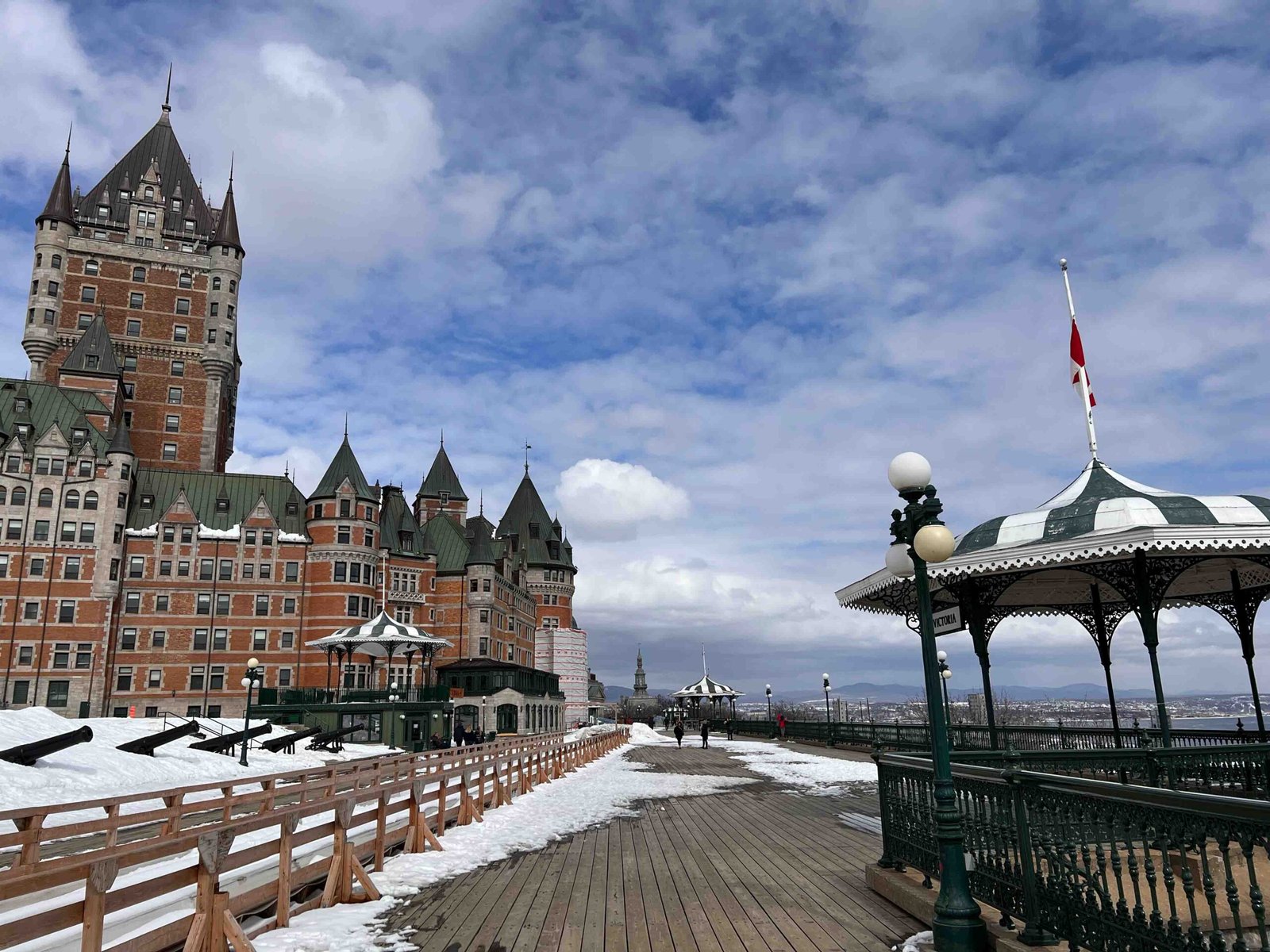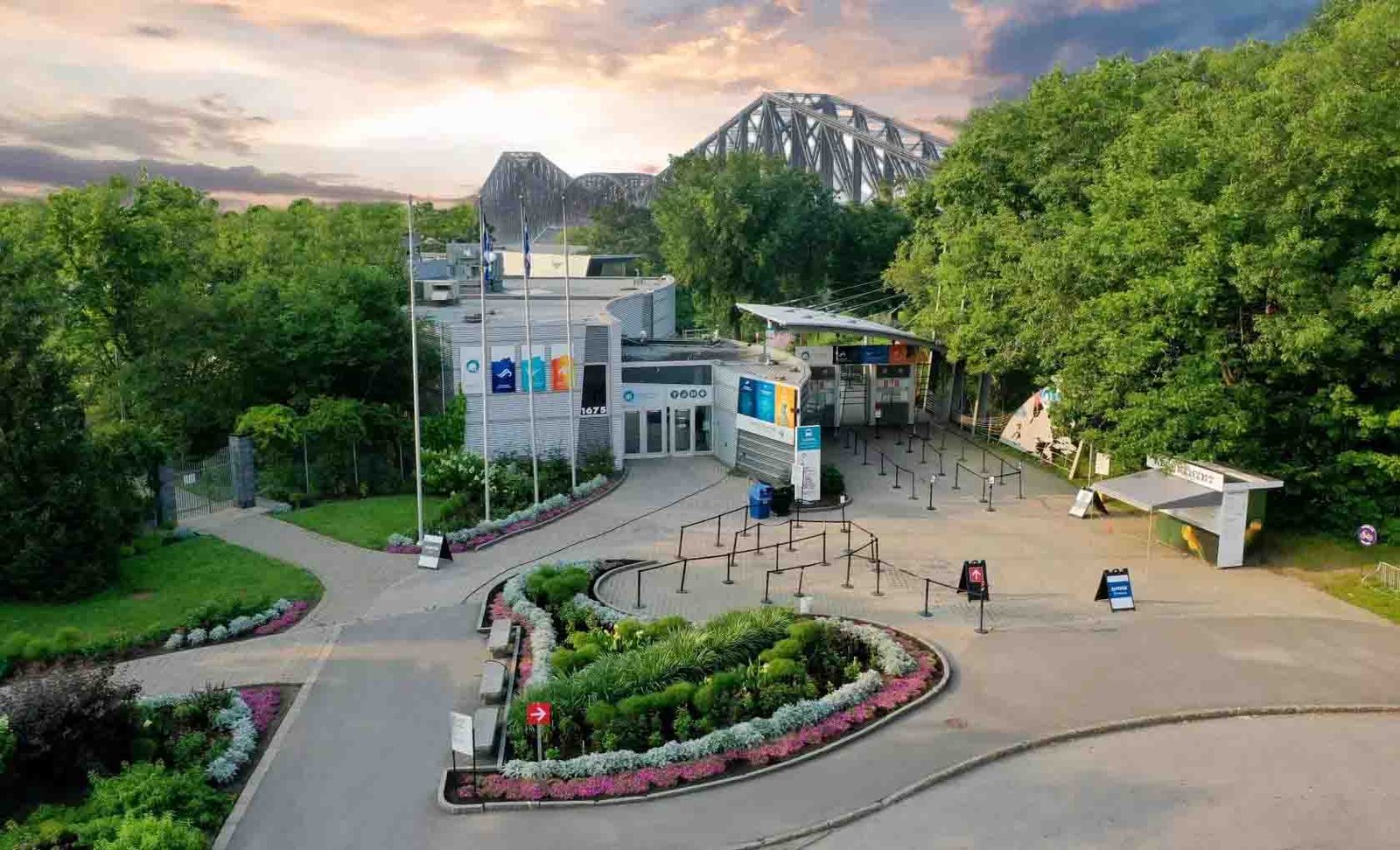Canada is a vast country with a diverse population that has undergone significant changes in recent years. From its early days as a colony to its current status as a modern, multicultural society, Canada’s population has grown and evolved over time. In this article, we will explore the various trends and demographics that make up Canada’s population. We will examine the history of Canada’s population growth, the distribution of its people across the country, and the challenges and opportunities presented by its increasing diversity. Additionally, we will delve into the unique characteristics of Canada’s Indigenous peoples and the impact of immigration on the country’s population. Join us on this journey as we explore Canada’s population, both past and present, and consider its future prospects.
Introduction to Canada’s Population
Canada is a vast and diverse country with a population of approximately 38 million people. It is the second-largest country in the world by land area, but its population density is relatively low compared to other developed countries. The country’s population has been growing steadily over the years, driven mainly by immigration. Canada’s population growth rate is currently around 1.4%, which is higher than most developed countries. However, the rate of growth has been declining over the past few decades due to lower fertility rates and an aging population. Despite this, Canada’s population is projected to continue growing in the coming years, albeit at a slower pace.
Canada’s population is also very diverse, with people from all over the world calling it home. The country’s two official languages are English and French, and there are many other languages spoken throughout the country. Indigenous peoples, who were the first inhabitants of Canada, make up a significant portion of the population. Immigration has played a vital role in shaping Canada’s population and society, with newcomers contributing to its diversity and economic growth. However, it has also posed some challenges for policymakers, such as ensuring that newcomers are integrated successfully into Canadian society and addressing issues of discrimination and inequality. Overall, Canada’s population is a fascinating and complex topic that warrants further exploration.
Canada’s Population Growth Over Time
Canada’s population growth has been steady over the years. From 1867 to 1911, Canada’s population increased from 3.5 million to 7.2 million. The population continued to grow throughout the 20th century, with a significant increase during the post-World War II era. The baby boomers, born between 1946 and 1965, contributed significantly to the population growth during this period. By 1971, Canada’s population had reached 21 million, and by 2011, it had grown to over 33 million.
The main reason for Canada’s population growth over time is immigration. Immigration has been an essential factor in shaping Canada’s population growth and diversity. During the early years of Canada’s history, immigration was primarily from Europe. However, in recent years, there has been a shift towards immigration from Asian countries, particularly China and India.
Another factor that has contributed to Canada’s population growth is the high birth rate. Although the birth rate has decreased over time, it remains higher than many other developed countries. Additionally, improvements in healthcare have increased life expectancy, leading to an aging population.
Canada’s population growth is not uniform across the country. The provinces of Ontario and Quebec are the most populous, accounting for almost two-thirds of Canada’s population. In contrast, the territories have the smallest populations.
In conclusion, Canada’s population growth has been steady over time due to factors such as immigration and high birth rates. While this growth has contributed to Canada’s economic development and diversity, it also presents challenges such as ensuring adequate infrastructure and services for a growing population.
The Distribution of Canada’s Population
Canada’s population is distributed unevenly across the country. The majority of Canadians, approximately 80%, live in urban areas, with the largest cities being Toronto, Montreal, and Vancouver. These three cities alone are home to over one-third of Canada’s population. Rural areas, on the other hand, have a much lower population density, with some regions having less than one person per square kilometre. The reasons for this uneven distribution are multifaceted and include historical settlement patterns, economic opportunities, and environmental factors.
Historically, Canada’s population was concentrated in urban centres along the St. Lawrence River and Great Lakes due to their importance for trade and transportation. As the country expanded westward, the construction of the transcontinental railway encouraged settlement in other parts of the country. However, many rural areas remain sparsely populated due to factors such as harsh climates or difficult terrain.
Economic opportunities also play a role in population distribution. Cities tend to have more job opportunities and higher wages than rural areas. This has led to a concentration of people in urban centres where they can find work and improve their standard of living. Environmental factors such as access to resources like water and fertile land can also impact where people choose to live.
Overall, Canada’s population is heavily concentrated in urban centres, with large portions of the country remaining sparsely populated. Understanding these patterns of distribution is important for policymakers as they seek to address issues related to infrastructure, healthcare, and social services across the country.
The Demographics of Canada’s Population
The demographics of Canada’s population are diverse and constantly evolving. As of 2021, Canada’s population is approximately 38 million people, with a fairly even split between males and females. The median age of the population is 41.4 years, which has been steadily increasing over the past few decades due to declining birth rates and increasing life expectancy. In terms of ethnicity, the majority of the population identifies as white (73.5%), followed by Asian (15.7%), Indigenous (4.9%), Black (3.5%), and other ethnicities (2.4%). However, these numbers vary significantly depending on the region of Canada, with cities like Toronto and Vancouver having much higher percentages of visible minorities.
One notable trend in Canada’s demographic makeup is the increasing number of seniors. By 2031, it is projected that seniors will make up almost a quarter of Canada’s population. This has significant implications for healthcare and social programs, as well as the workforce and economy. Additionally, Canada’s immigration policies have played a significant role in shaping the demographics of the country. Immigrants account for approximately 21% of Canada’s population, with the largest source countries being India, China, and the Philippines.
Overall, Canada’s demographics reflect a diverse and multicultural society that is constantly changing. While this diversity brings many benefits to the country, it also presents challenges in terms of addressing inequalities and ensuring that all members of society have access to the resources they need to thrive.
Canada’s Indigenous Peoples and Their Population
Canada’s Indigenous Peoples, also known as First Nations, Inuit, and Métis, make up a significant portion of Canada’s population. According to the 2016 Census, over 1.6 million people in Canada identified as Indigenous, representing 4.9% of the total population. This population is diverse, with over 600 recognized First Nations communities and over 50 distinct Indigenous languages spoken across the country. Despite their significant contributions to Canadian society, Indigenous peoples continue to face systemic discrimination and marginalization. The legacy of residential schools, forced relocations, and other colonial policies has resulted in intergenerational trauma and ongoing challenges for Indigenous communities. These challenges are reflected in the population statistics, with higher rates of poverty, unemployment, and health issues among Indigenous peoples compared to non-Indigenous Canadians. However, there are also many positive developments within Indigenous communities, including a resurgence of traditional language and culture, increased political representation and self-determination, and successful land claims settlements. The Truth and Reconciliation Commission of Canada has called for action on a range of issues affecting Indigenous peoples, including education, health care, and justice. Efforts towards reconciliation will be critical for improving the well-being of Indigenous communities and ensuring a more equitable future for all Canadians.
Immigration and Its Impact on Canada’s Population
Immigration has played a significant role in shaping Canada’s population over the years. Canada is known for its welcoming attitude towards immigrants, and it has one of the highest immigration rates in the world. The country’s immigration policies have evolved over time, with the most recent changes being made to prioritize skilled workers and family reunification. Immigration has had a positive impact on Canada’s population growth, contributing to about two-thirds of its total population increase. Immigrants have also brought diversity to the country, with over 200 ethnic origins represented in Canada’s population. This diversity has enriched Canada’s culture and contributed to its economic growth.
Immigrants have also been essential to filling labour shortages in various sectors, including healthcare, technology, and construction. However, immigration has also presented challenges, such as language barriers and cultural differences that can lead to social isolation and discrimination. Additionally, some Canadians feel that immigration has put a strain on social services and infrastructure.
The Canadian government recognizes the importance of immigration to the country’s future prosperity and has set ambitious targets for the coming years. In 2021, Canada aims to welcome over 400,000 new permanent residents, with plans to increase this number even further in subsequent years. To ensure that immigration continues to benefit both newcomers and Canadians alike, the government has implemented programs to help newcomers integrate into Canadian society and improve their language skills. Overall, immigration will continue to play a vital role in shaping Canada’s population and its future prospects.
Challenges and Opportunities for Canada’s Growing Population
As Canada’s population continues to grow, there are both challenges and opportunities that come with it. One of the main challenges is ensuring that there is enough affordable housing to accommodate the growing number of people. This is especially true in urban centres where the population density is already high. Another challenge is ensuring that there are enough jobs available for the growing workforce, particularly in industries that are experiencing a shortage of workers. However, with these challenges come opportunities. The growing population can create demand for new businesses and services, leading to economic growth and job creation. Additionally, a larger population can lead to increased cultural diversity, which can enrich communities and foster greater understanding between different groups of people. Finally, a growing population can also lead to increased innovation and technological advancements as more minds come together to solve problems and create new solutions. Overall, while there are certainly challenges associated with a growing population, there are also many opportunities for Canada to thrive and prosper in the years to come. It will be important for policymakers to carefully manage these challenges while also taking advantage of the opportunities presented by a growing population.
As Canada’s population continues to grow and diversify, it is important to recognize the challenges and opportunities that come with such changes. From addressing the needs of Indigenous communities to managing the impact of immigration, there are many factors that will shape Canada’s population in the years to come. By understanding the trends and demographics of Canada’s population, we can better prepare for the future and ensure that all Canadians have access to the resources and support they need. However, it is also important to reflect on the broader implications of population growth and diversity, both in Canada and around the world. How can we build more inclusive societies that value diversity and promote equity for all? These are complex questions that require ongoing dialogue and engagement from individuals, communities, and governments alike.
Population in province:
Alberta, British Columbia, Manitoba, New Brunswick, Newfoundland and Labrador, Nova Scotia, Ontario, Prince Edward Island, Quebec, Saskatchewan
Population in city:
Calgary, Edmonton, Vancouver, Victoria, Winnipeg, Fredericton, Moncton, St. John’s, Halifax, Toronto, Ottawa, Charlottetown, Montreal, Quebec City, Saskatoon, Regina






Leave a Reply